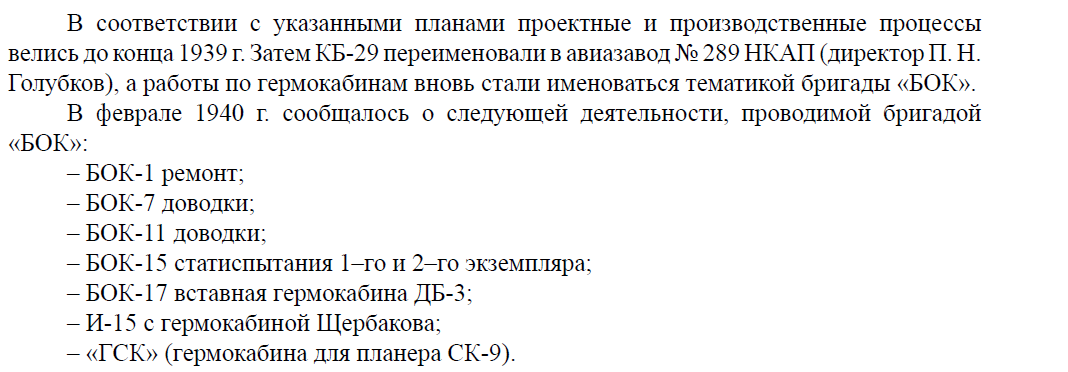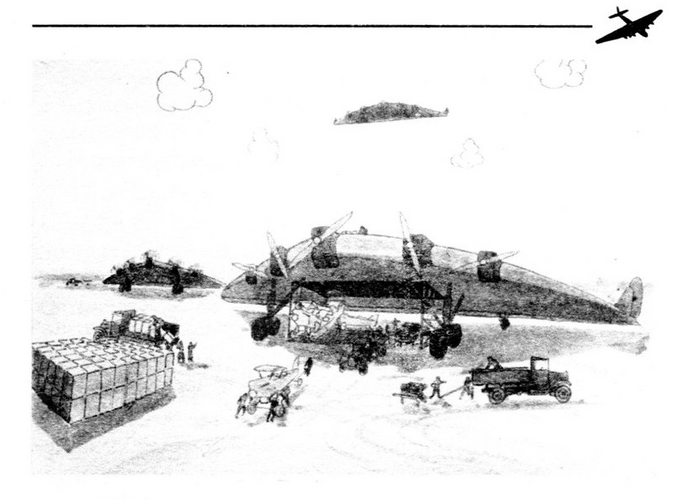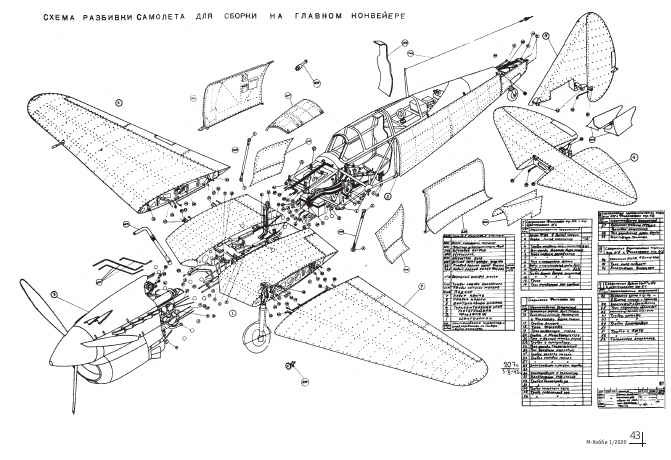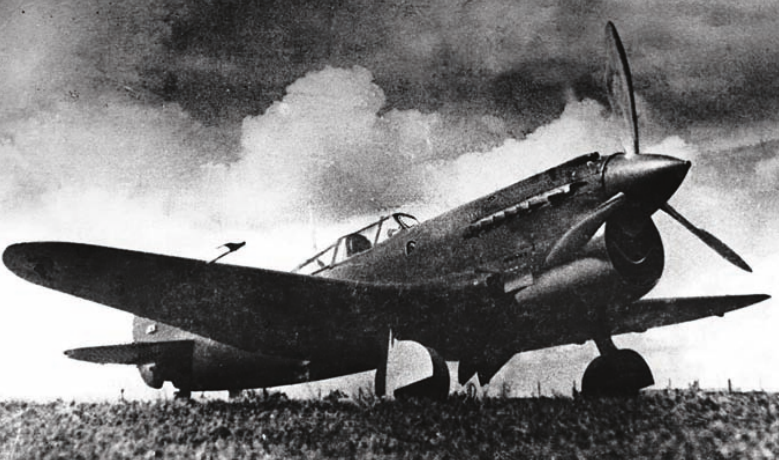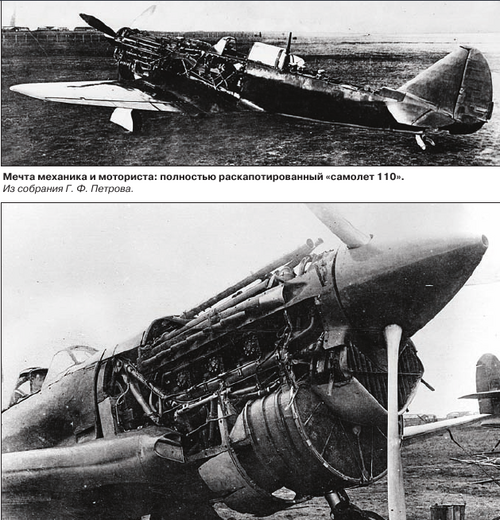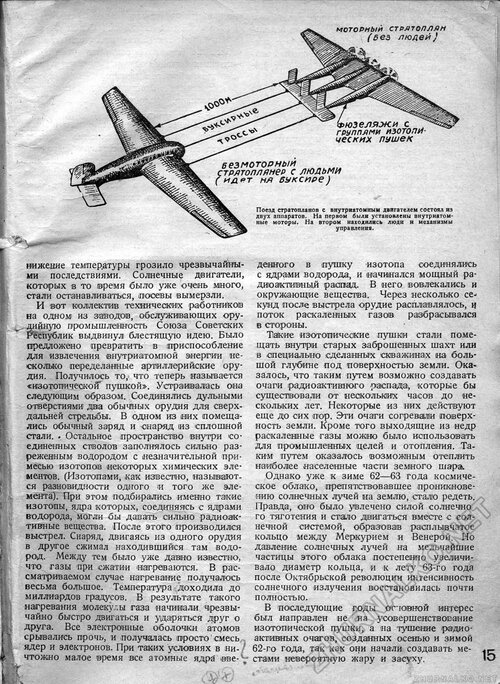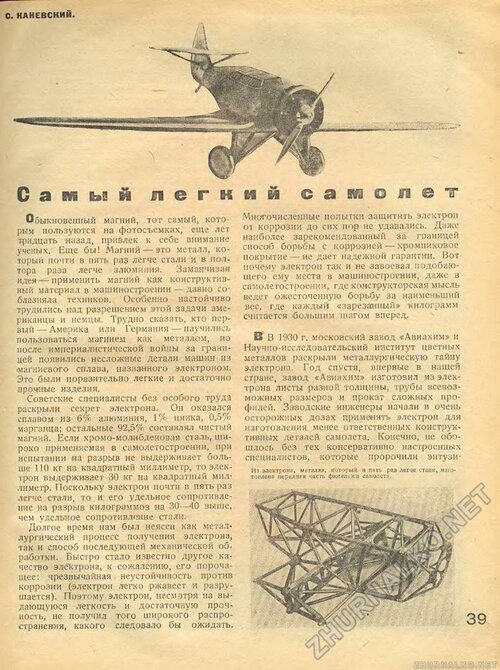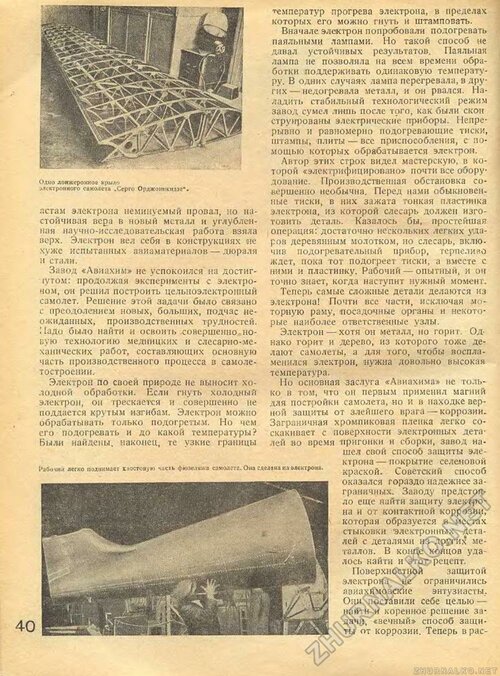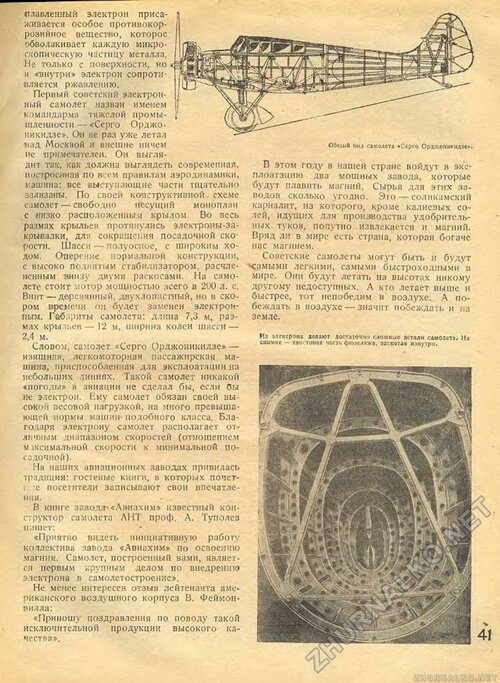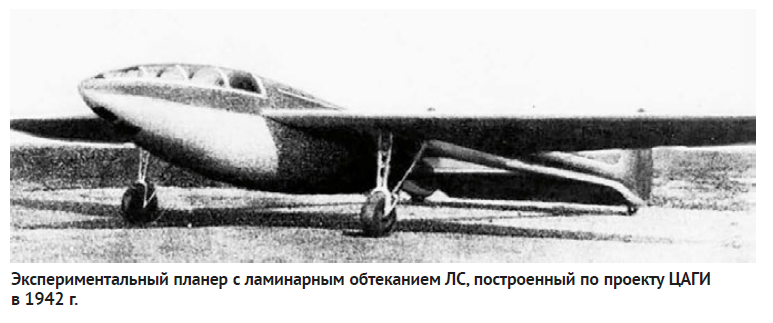You are using an out of date browser. It may not display this or other websites correctly.
You should upgrade or use an alternative browser.
You should upgrade or use an alternative browser.
Various Pre-WWII Soviet Projects & Prototypes
- Thread starter hesham
- Start date
- Joined
- 26 May 2006
- Messages
- 33,996
- Reaction score
- 14,486
hesham said:I think we spoke about this aircraft before,but here ?.
Супер бомбовозы Сталина
Vakhmistrov preliminary project "Aviamatka" - flying aircraft carrier (first half of 1930)
Here it's in a good view,Авиация и космонавтика 2017-04
Attachments
- Joined
- 25 June 2014
- Messages
- 1,564
- Reaction score
- 1,491
I am trying to trace any DH.88 Comet inspiration or otherwise for the Aviatourist. Sources posted here previously include:
Gunston (The Osprey Encyclopedia of Russian Aircraft) seems to contradict the Russian-language sources in several respects:
He says it was a racer, a Russian that it was for air communication.
He says it had a "D. H. Comet configufation", a Russian that it was not a taildragger (as the Comet was) but had a tricycle undercarriage.
He also describes it as a "Smaller edition of Stal-11", though it was a tricycle twin where the Stahl-11 was single-engined taildragger. And the Stahl-11 resembles a Comet no more than does any other conventional low-wing monoplane.
Can one trust any of these sources over any others?
Also, what is the encyclopaedia entry before Pashinin? Is it the OOS?
Skyblazer said:Main sources:
- http://eroplany.narod.ru/shavrov/chr10/civil/putilov.htm
- http://nasledie-vvia.ru/index.php?id=15&id_wiki_user=495
- http://cosmopark.ru/putil.htm
- The Osprey Encyclopedia of Russian Aircraft
hesham said:I repeat sending the main part to can read.

Gunston (The Osprey Encyclopedia of Russian Aircraft) seems to contradict the Russian-language sources in several respects:
He says it was a racer, a Russian that it was for air communication.
He says it had a "D. H. Comet configufation", a Russian that it was not a taildragger (as the Comet was) but had a tricycle undercarriage.
He also describes it as a "Smaller edition of Stal-11", though it was a tricycle twin where the Stahl-11 was single-engined taildragger. And the Stahl-11 resembles a Comet no more than does any other conventional low-wing monoplane.
Can one trust any of these sources over any others?
Also, what is the encyclopaedia entry before Pashinin? Is it the OOS?
- Joined
- 26 May 2006
- Messages
- 33,996
- Reaction score
- 14,486
Mr. P.A. Ivensen designed and built a single seat parasol wing monoplane of 1929,
powered by one 30 hp Bristol Cherub engine.
This designer made many sailplanes,such as I-3 of 1929 and I-6 of 1937,what was this aircraft, I-2 or I-4 ?.
- Joined
- 28 January 2008
- Messages
- 634
- Reaction score
- 492
My notes state that the I-4 was a 1931 performance sailplane derived from the I-3 with the same wing with a more streamlined fuselage and of an oval cross-section. It was flight tested in the winter of 1931-32 and was crashed on its first flight piloted by L.V.Koslov. It was built in Smolensk at GAZ No.35.
Original Source: Soviet Gliders by U. Resov (Moscow Mashinostroen)
Original Source: Soviet Gliders by U. Resov (Moscow Mashinostroen)
Aubi
ACCESS: Secret
There's literally just one sentence claiming that there was experimental project called STAL-1...
Slightly more info in Soviet Aircraft and Aviation 1917-1941: Stal-1 was allegedly experimental ultralight project.
Slightly more info in Soviet Aircraft and Aviation 1917-1941: Stal-1 was allegedly experimental ultralight project.
- Joined
- 7 June 2009
- Messages
- 529
- Reaction score
- 144
This is well-known Stal-11, not Stal-1 anyway.Here is a picture of it:
- Joined
- 26 May 2006
- Messages
- 33,996
- Reaction score
- 14,486
Anther projects from 1921 to 1939.
I want to know the name of the designer ?.
Attachments
What the book was it?hesham said:the BOK-11 was a pressurized cabin recce aircraft,the BOK-12 was a twin engined version
of BOK-7 as experimental aircraft project,the BOK-15 was high-altitude stratospheric aircraft
project,and a poor quality of drawings to 11 & 15.
Here is a clearer views to drawings for BOK-11 and BOK-15.
Bottleship
ACCESS: Secret
- Joined
- 30 June 2019
- Messages
- 488
- Reaction score
- 1,240
25 mm is caliber of 72-K - one of most used soviet AA gun in WW2. Degtyarev worked in 1929-1933 at 25 mm autocannons, with new cartridge:The "MI-13" is described as heavy fighter / attack version of the SB (ANT-40), armed with one 25-mm (?? - Such a caliber never existed in the Soviet Union...) nose cannon and two movable machine guns. I think they meant the DI-8 (ANT-46), but described it under the wrong name and placed not very correct picture of it
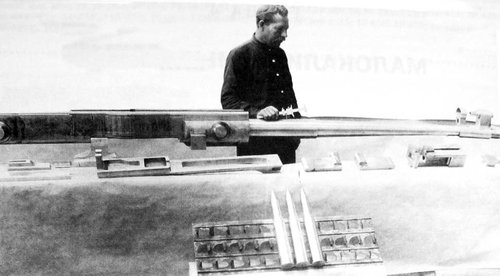

Also, created high-velocity LPP-25 AT gun, and two (or more) recoiless cannons.
I haven't data about early Soviet 25 mm cartridges.
Project of SB with 25 mm ADZP gun (Automatic double-bolt cannon) - very weird weapon, two barrels, and crazy loading system - special box-cassets (Rus. "короб-кассета"), with pushing out to horizontal conveyor, where cartridges take by revolving cilinders and load to barrels. System work on electric motor. Box-cassets were under and over the conveyor. Used cases taked to backside of bomb bay.
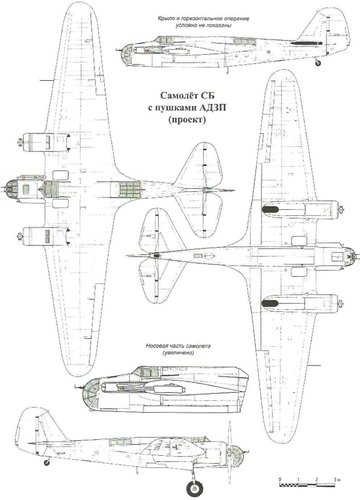
Also, worked at montage of five ShVAK 20 mm cannons:
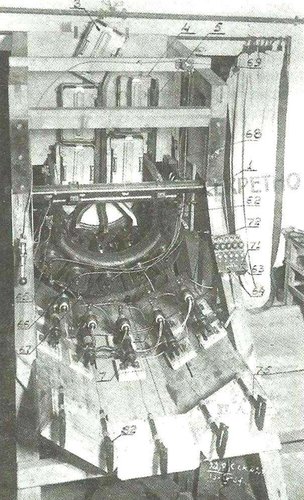
Bottleship
ACCESS: Secret
- Joined
- 30 June 2019
- Messages
- 488
- Reaction score
- 1,240
Bottleship
ACCESS: Secret
- Joined
- 30 June 2019
- Messages
- 488
- Reaction score
- 1,240
Other 25 mm gun for SB and DB-3 - AKDP (i don't know, what is this)

3 and 5 - bolts, 4 - crankshaft, 8 and 10 - gas-operated mechanism, "Подача реактивного патрона" (top left) - load of jet cartridge, "Окно для выкидывания гильзы реактивного патрона" (bottom left) - extraction of case of jet cartridge, "Подача боевого патрона" (bottom right) - load of action cartridge, "Окно для выкидывания гильзы боевого патрона" - extraction of case of action cartridge. Ballistic - 245 g (3781 gr), 1000 mps (3280 fps), energy 122.5 kiloJoules. Tests - November 1935.
Also, projected analogical 76.2 mm (3 inch) gun.
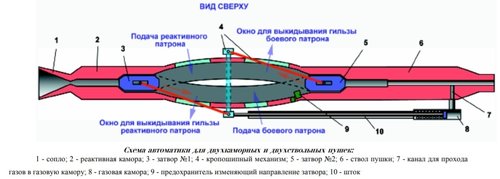
3 and 5 - bolts, 4 - crankshaft, 8 and 10 - gas-operated mechanism, "Подача реактивного патрона" (top left) - load of jet cartridge, "Окно для выкидывания гильзы реактивного патрона" (bottom left) - extraction of case of jet cartridge, "Подача боевого патрона" (bottom right) - load of action cartridge, "Окно для выкидывания гильзы боевого патрона" - extraction of case of action cartridge. Ballistic - 245 g (3781 gr), 1000 mps (3280 fps), energy 122.5 kiloJoules. Tests - November 1935.
Also, projected analogical 76.2 mm (3 inch) gun.
Attachments
Aubi
ACCESS: Secret
It is described as avtomaticheskaya dvukhkamernaya puchka, automatic two-chambered cannon. So recoilless with two chambers, both connected with some pulls and rotating inside the gun, loaded and discharged at the same time. Avtomaticheskaya dvukhkamernaya puchka (ADKP) is closest to the meaning of AKDP I got.
Hi,
the test-pilot V.A. Stepanchenok designed the S-1 in 1928,it was single seat parasol
wing monoplane and powered by one 40 hp Anzani engine.
Attachments
Bottleship
ACCESS: Secret
- Joined
- 30 June 2019
- Messages
- 488
- Reaction score
- 1,240
Project of jetpack, engineer Andreev, 1919-1921:

Weight with fuel 50 kg, weight of fuel - 8 kg, speed - 200 kmph, range 20 km (flyght time 6 min), weight with one man - ~100 kg. Fuel - two different liquefied gases. Fig 1 and 2 (Фиг 1 and Фиг 2) - boxes with fuel, on the back of pilot, Fig 3 and 4 (Фиг 3 and Фиг 4) - metal construction, mounted on chest.
Second Russian project of jetpack, after Hezhdanovskiy project, with wings, 1880-1890th.
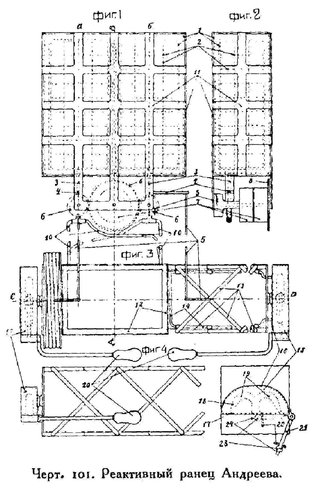
Weight with fuel 50 kg, weight of fuel - 8 kg, speed - 200 kmph, range 20 km (flyght time 6 min), weight with one man - ~100 kg. Fuel - two different liquefied gases. Fig 1 and 2 (Фиг 1 and Фиг 2) - boxes with fuel, on the back of pilot, Fig 3 and 4 (Фиг 3 and Фиг 4) - metal construction, mounted on chest.
Second Russian project of jetpack, after Hezhdanovskiy project, with wings, 1880-1890th.
- Joined
- 26 May 2006
- Messages
- 33,996
- Reaction score
- 14,486
I want to know the name of the designer ?.
https://www.jstor.org/stable/44719526?seq=1#page_scan_tab_contents
It was from Yuriev.
Attachments
- Joined
- 26 May 2006
- Messages
- 33,996
- Reaction score
- 14,486
- Joined
- 26 May 2006
- Messages
- 33,996
- Reaction score
- 14,486
The Bucholtz Light Airplane,
it was never mentioned in the book, The Osprey Encyclopedia
of Russian Aircraft ?.
it was never mentioned in the book, The Osprey Encyclopedia
of Russian Aircraft ?.
Attachments
Last edited:
- Joined
- 26 May 2006
- Messages
- 33,996
- Reaction score
- 14,486
Aubi
ACCESS: Secret
Almost all machines mentioned there are foreign - US, British, German etc. Pinikowsky is a Polish surname. It might also be Pińkowsky, Pyenkowski.
Last edited:
- Joined
- 26 May 2006
- Messages
- 33,996
- Reaction score
- 14,486
From, Маслов М.А. - Утерянные победы советской авиации.(OCR),
In accordance with the specified plans, design and production processes were conducted until
the end of 1939. Then KB-29 was renamed into aircraft factory number 289 NKAP (director P.N.
Golubkov), and work on pressurized cabins again began to be called the theme of the BOK brigade.
In February 1940, the following activities carried out by the brigade were reported.
"SIDE":
- BOK-1 repair;
- BOK-7 debugging;
- BOK-11 fine-tuning;
- BOK-15 statistical tests of the 1st and 2nd copies;
- BOK-17 plug-in pressurized cabin DB-3;
- I-15 with Shcherbakov's pressurized cabin;
- "GSK" (pressurized cabin for the SK-9 glider).
In accordance with the specified plans, design and production processes were conducted until
the end of 1939. Then KB-29 was renamed into aircraft factory number 289 NKAP (director P.N.
Golubkov), and work on pressurized cabins again began to be called the theme of the BOK brigade.
In February 1940, the following activities carried out by the brigade were reported.
"SIDE":
- BOK-1 repair;
- BOK-7 debugging;
- BOK-11 fine-tuning;
- BOK-15 statistical tests of the 1st and 2nd copies;
- BOK-17 plug-in pressurized cabin DB-3;
- I-15 with Shcherbakov's pressurized cabin;
- "GSK" (pressurized cabin for the SK-9 glider).
Attachments
Aubi
ACCESS: Secret
Sounds like Petlyakov Pe-2M. https://www.valka.cz/topic/view/103961
- Joined
- 26 May 2006
- Messages
- 33,996
- Reaction score
- 14,486
I think not my dear Aubi,the type 2M was ppeared in 1941 ?.Sounds like Petlyakov Pe-2M. https://www.valka.cz/topic/view/103961
Aubi
ACCESS: Secret
No, in February 1945 according to my data. Close enough. Same engines, same guns, same bomb capacity. Only four protoypes built.
- Joined
- 26 May 2006
- Messages
- 33,996
- Reaction score
- 14,486
hesham said:I think we spoke about this aircraft before,but here ?.
Супер бомбовозы Сталина
Vakhmistrov preliminary project "Aviamatka" - flying aircraft carrier (first half of 1930)
Here it's in a good view,Авиация и космонавтика 2017-04
A larger view,Супер бомбовозы Сталина
Attachments
- Joined
- 26 May 2006
- Messages
- 33,996
- Reaction score
- 14,486
Anther hypothetical design;
The train of stratoplanes with an intra-atomic engine consisted of two devices. On the first one, inboard motors were installed. On the second were people and control mechanisms.
The train of stratoplanes with an intra-atomic engine consisted of two devices. On the first one, inboard motors were installed. On the second were people and control mechanisms.
Attachments
- Joined
- 26 May 2006
- Messages
- 33,996
- Reaction score
- 14,486
Was this a MAI design ?.
Attachments
- Joined
- 26 May 2006
- Messages
- 33,996
- Reaction score
- 14,486
From; Козырев - Авиация Красной Армии (Москва, 2011),
the TsAGI LS twin boom glider aircraft of 1941,it was intended for high-speed research airplane
design; google translate,
In 1940-1941 p. In TsAGI under the leadership of I.V. Of Ostoslavsky,
Appointed in 1943 as deputy head of TsAGI
On aerodynamics, the project of high-speed twin-boom
Aircraft. The aircraft was equipped with laminar
Wing, which had a minimum aerodynamic resistance
In flight, and the engine behind the cockpit,
With pushing screw. Construction of the first prototype
Ended already after the war began in the evacuation, in conditions
The deficit of engines for the construction of the machine was able to finish
Only in the version of the glider. The glider had a wingspan
14.9 m, a length of 10.38 m and a height of 3.69 m. Leading engineers
By this machine were gn. Svishchev, later an academician,
Head of TsAGI, and GS. Büschgens, later an academician,
Deputy head of TsAGI. During flight tests
The glider was damaged, soon all work on it ceased.
From, Авиация и Космонавтика 2022-07.
Attachments
royabulgaf
ACCESS: Top Secret
- Joined
- 29 December 2008
- Messages
- 673
- Reaction score
- 333
What's Russian for "Acme"?Also, Zaharchev "man-bird", 1924:
View attachment 622147
And, Blagin helicopter, 1927:
View attachment 622148
Similar threads
-
STAL-11,Italian Tourist Aircraft Project ?
- Started by hesham
- Replies: 4
-
Cheranovsky (Cheranovskii) Aircraft and Designs
- Started by hesham
- Replies: 123
-
Various Russian Prototypes and Projects During & Pre-WW1
- Started by hesham
- Replies: 143
-
New book "Bartini and His Projects - Vol.1" by Konstantin Udalov
- Started by gabrielorosco
- Replies: 11
-


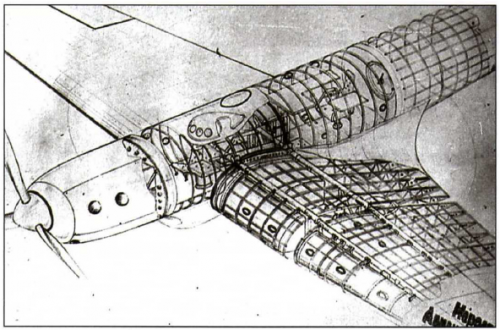
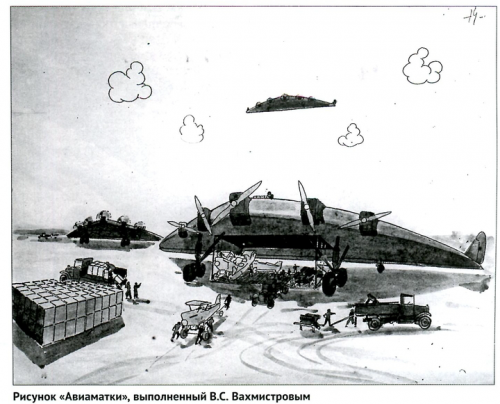

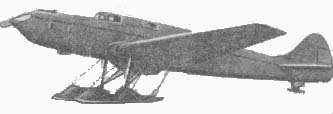
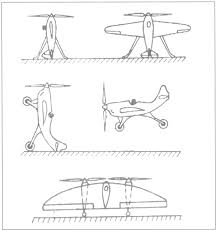
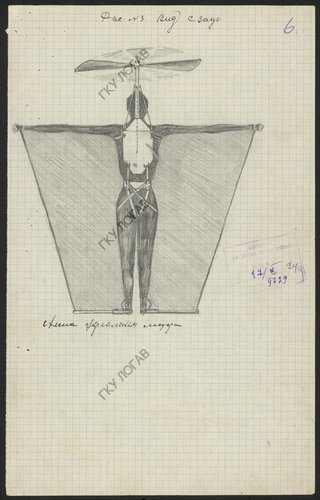
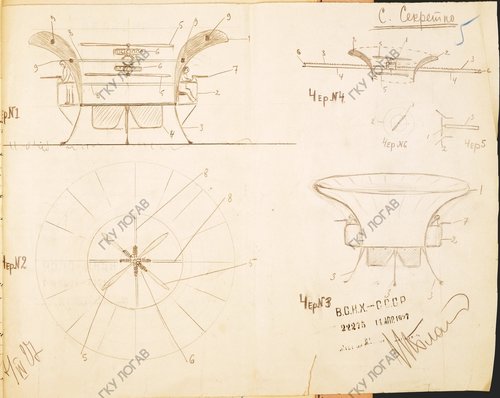
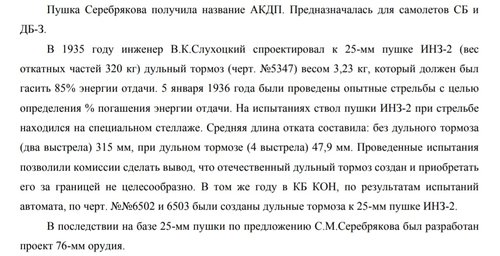
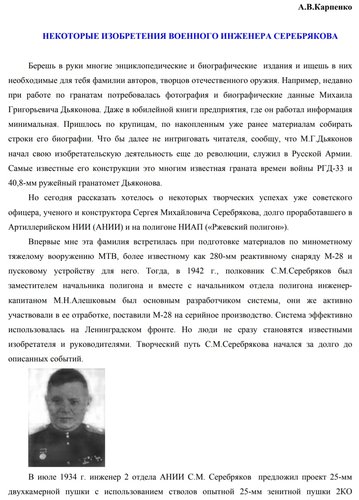
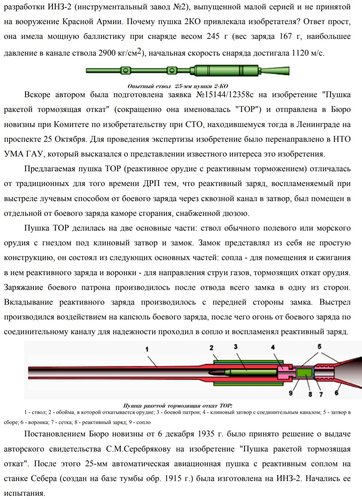
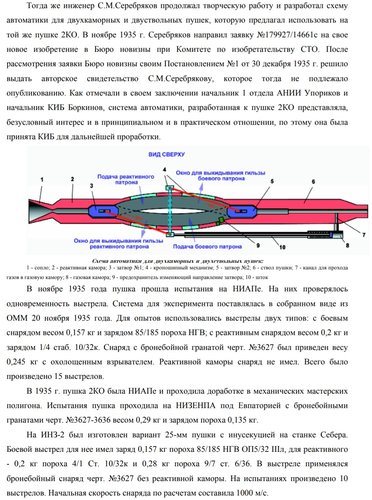
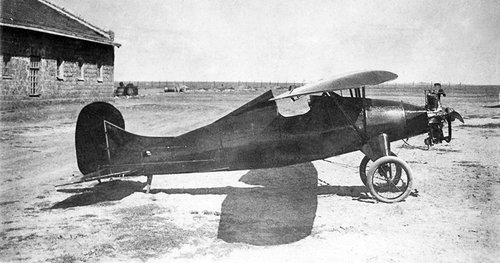
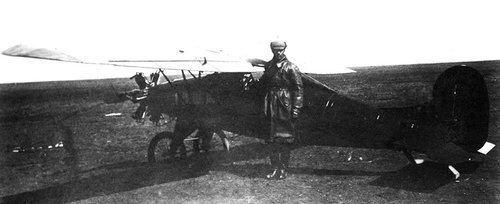
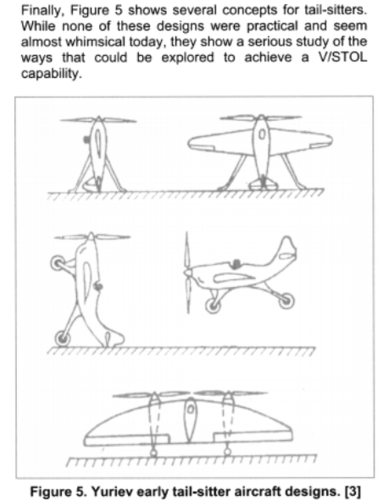
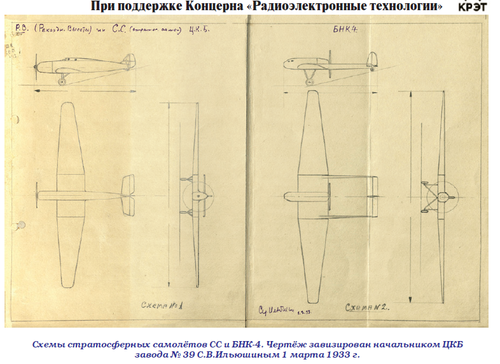

![Les_Ailes___journal_hebdomadaire_[...]_bpt6k96072768_6.jpeg](/data/attachments/184/184447-f9c06f1fa41223a9d676bfbc7a4c2aa1.jpg)
